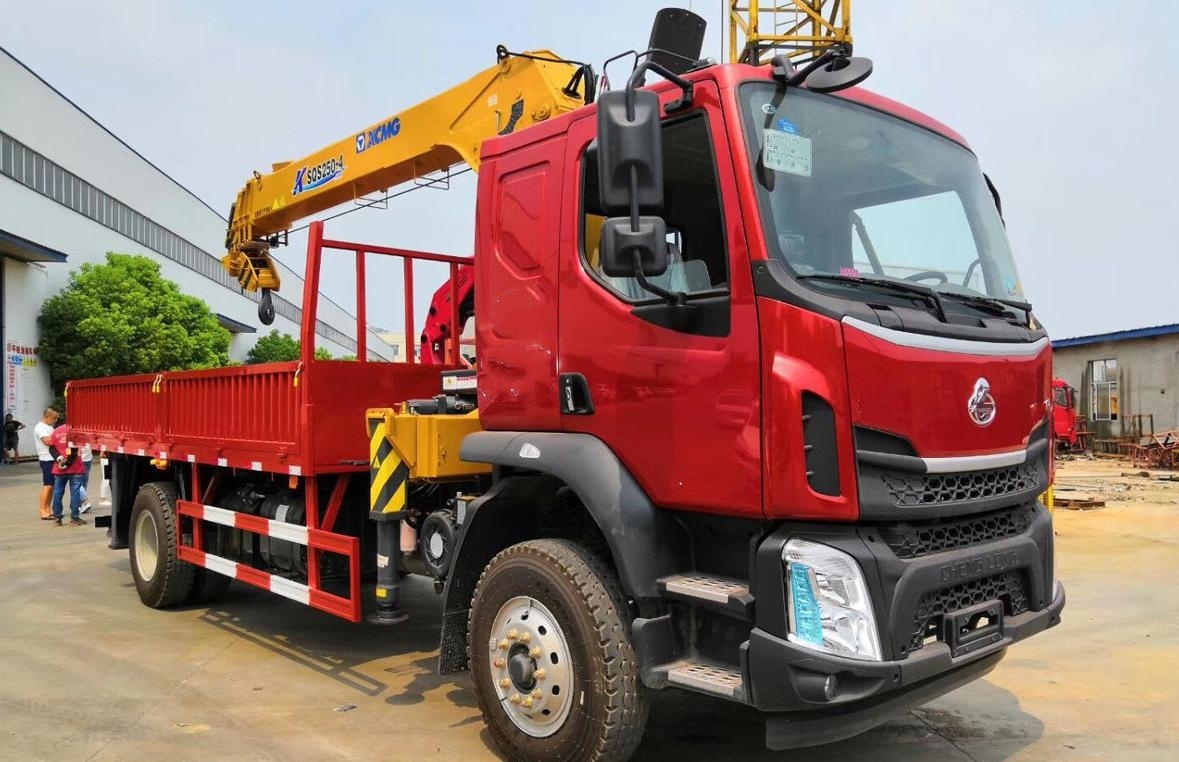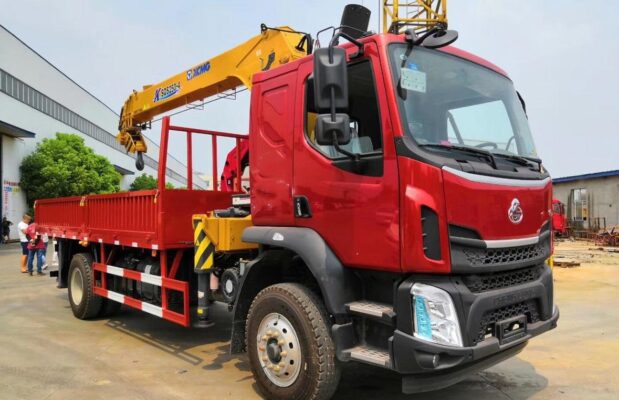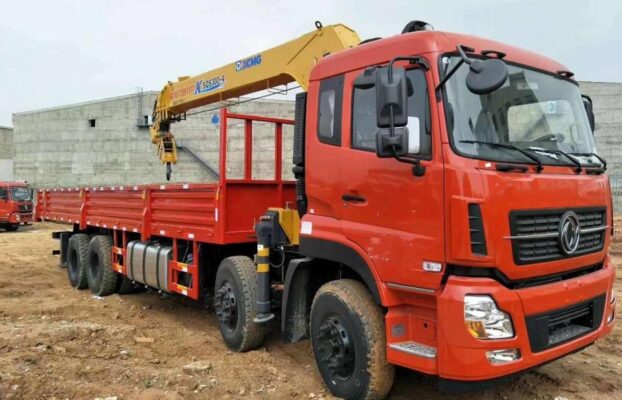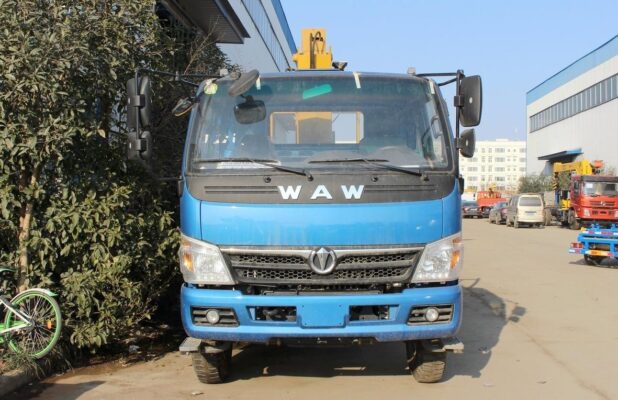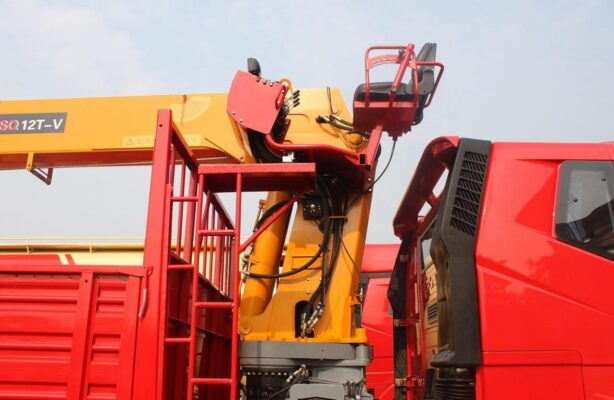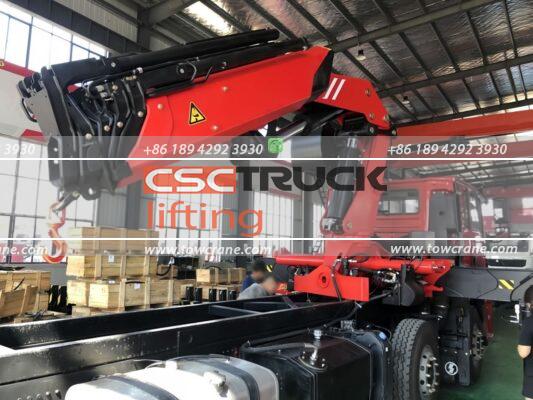Lifting operations using composite wire rope slings require careful planning and adherence to safety protocols to ensure the safety of personnel and the integrity of the load. Proper alignment and positioning of the lifting points are critical for maintaining balance and stability during the lifting process. Below are detailed precautions to follow when lifting with composite wire rope slings, categorized based on the number of legs used in the sling configuration.
A) Precautions for Single-Leg Lifting
- Vertical Alignment Above the Center of Gravity:
- When using a single-leg lifting configuration, it is essential that the hanging point of the electric hoist is positioned vertically above the center of gravity of the load being lifted. This alignment is crucial for maintaining balance and preventing the load from tipping during the lift.
- Load Stability:
- Ensure that the load is stable before lifting. Any shifting or instability can lead to a dangerous situation where the load may fall or become uncontrollable.
- Weight Assessment:
- Confirm the weight of the load prior to lifting. Ensure that the composite wire rope sling being used is rated for the weight of the load, considering any additional factors such as dynamic loads or wind effects.
- Inspection of the Sling:
- Before use, conduct a thorough inspection of the composite wire rope sling for any signs of wear, fraying, eller skade. Damaged slings should not be used, as they can fail under load.
- Clear Work Area:
- Ensure that the area below the load is clear of personnel and obstacles. Establish a safe zone to prevent anyone from being in the path of the load during lifting.
- Communication:
- Maintain clear communication between the operator and ground personnel. Use hand signals or communication devices to coordinate the lift effectively.
B) Precautions for Double-Leg Lifting
- Positioning of Hanging Points:
- In a double-leg lifting configuration, the hanging points must be positioned on either side of the load. The hook of the electric hoist should be directly above the center of gravity to ensure even weight distribution.
- Load Distribution:
- Check that the load is evenly distributed between the two legs of the sling. Uneven distribution can cause the load to tilt, which increases the risk of instability and potential accidents.
- Rigging Angle Considerations:
- Be mindful of the angle formed between the legs of the sling and the vertical line. Ideally, the angle should not exceed 30 degrees from the vertical to avoid increasing the load on the sling. Higher angles can significantly reduce the effective lifting capacity of the sling.
- Sling Condition:
- Inspect both legs of the composite wire rope sling for uniformity and integrity. Ensure that both legs are of equal length and condition to maintain balance during the lift.
- Use of Proper Hardware:
- Ensure that appropriate hardware, such as shackles or connectors, is used in conjunction with the sling. All hardware should be rated for the lifting capacity required for the load.
- Operator Awareness:
- Operators must remain vigilant throughout the lifting process, monitoring for any changes in the load’s stability and readiness to respond quickly if issues arise.
C) Precautions for Three-Leg or Four-Leg Lifting
- Even Distribution of Hanging Points:
- For three-leg or four-leg lifting configurations, the hanging points must be evenly distributed on a horizontal plane around the load. This arrangement ensures balanced lifting and minimizes the risk of the load shifting or tipping.
- Centralized Hook Positioning:
- The hook of the electric hoist should be directly above the center of gravity of the load. Proper positioning is crucial for achieving stability and preventing rotational movement during the lift.
- Rigging Plan:
- Develop a rigging plan that details the lifting procedure, including the configuration of the slings and the expected load path. This plan should be communicated to all personnel involved in the lift.
- Sling Length Uniformity:
- Check that all sling legs are of equal length to ensure uniform lifting force. Variations in length can lead to uneven lifting and may cause the load to tilt or swing unexpectedly.
- Inspection of All Slings:
- Conduct inspections of all legs of the composite wire rope slings. Look for signs of damage, wear, or deformities that could compromise the safety of the lift.
- Load Handling Precautions:
- Utilize appropriate techniques when handling the load before and after the lift. Ensure that all personnel are trained in safe load handling practices and understand the risks involved.
Konklusion
Lifting with composite wire rope slings demands meticulous attention to detail and adherence to safety protocols. Whether utilizing a single-leg, double-leg, or multi-leg lifting configuration, ensuring the correct positioning of the hanging points relative to the load’s center of gravity is essential for maintaining balance and safety during operations. By following these precautions, operators can significantly mitigate risks associated with lifting operations and promote a safer work environment. Ongoing training, thorough inspections, and clear communication are fundamental components in achieving safe and effective lifting practices.

